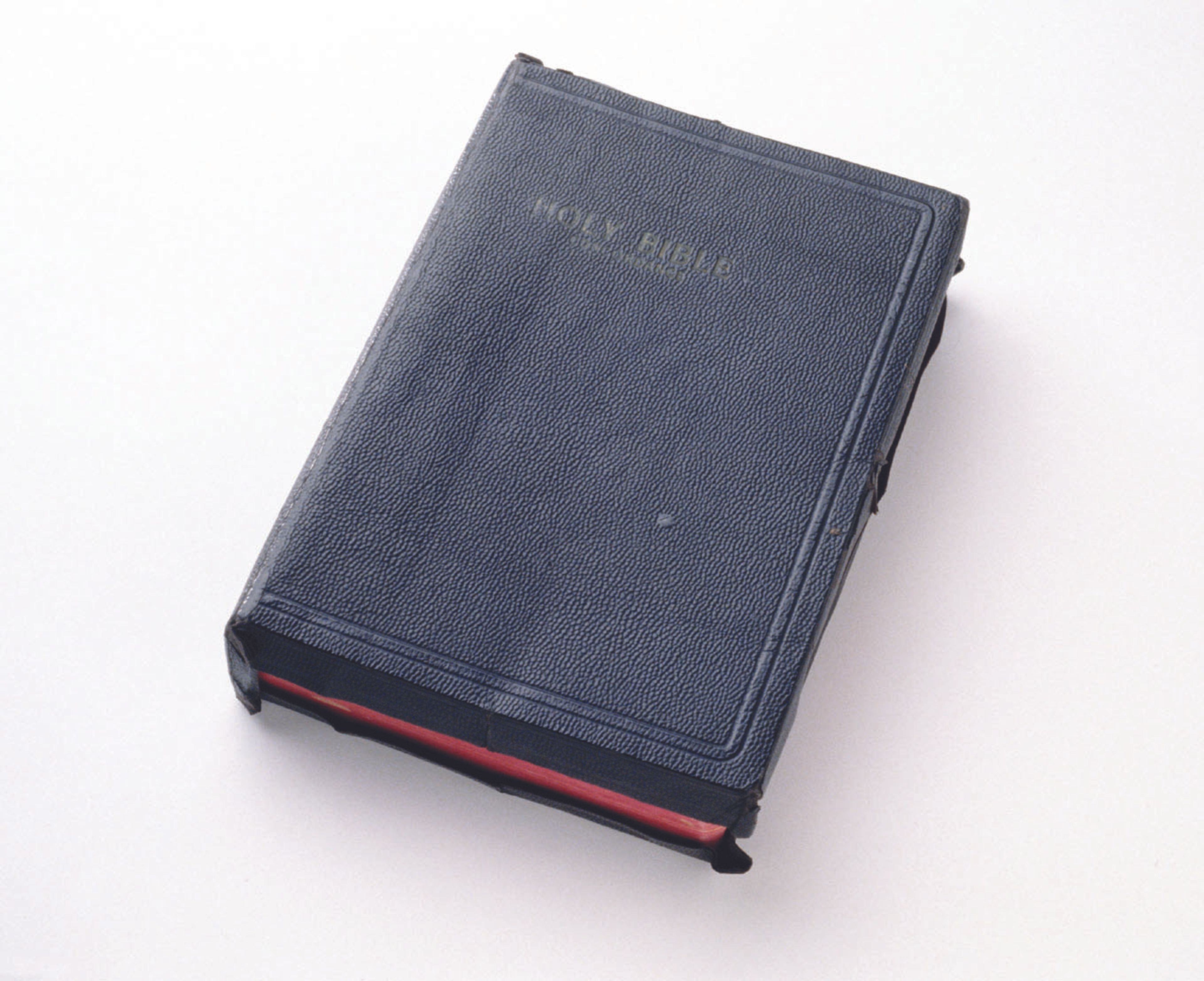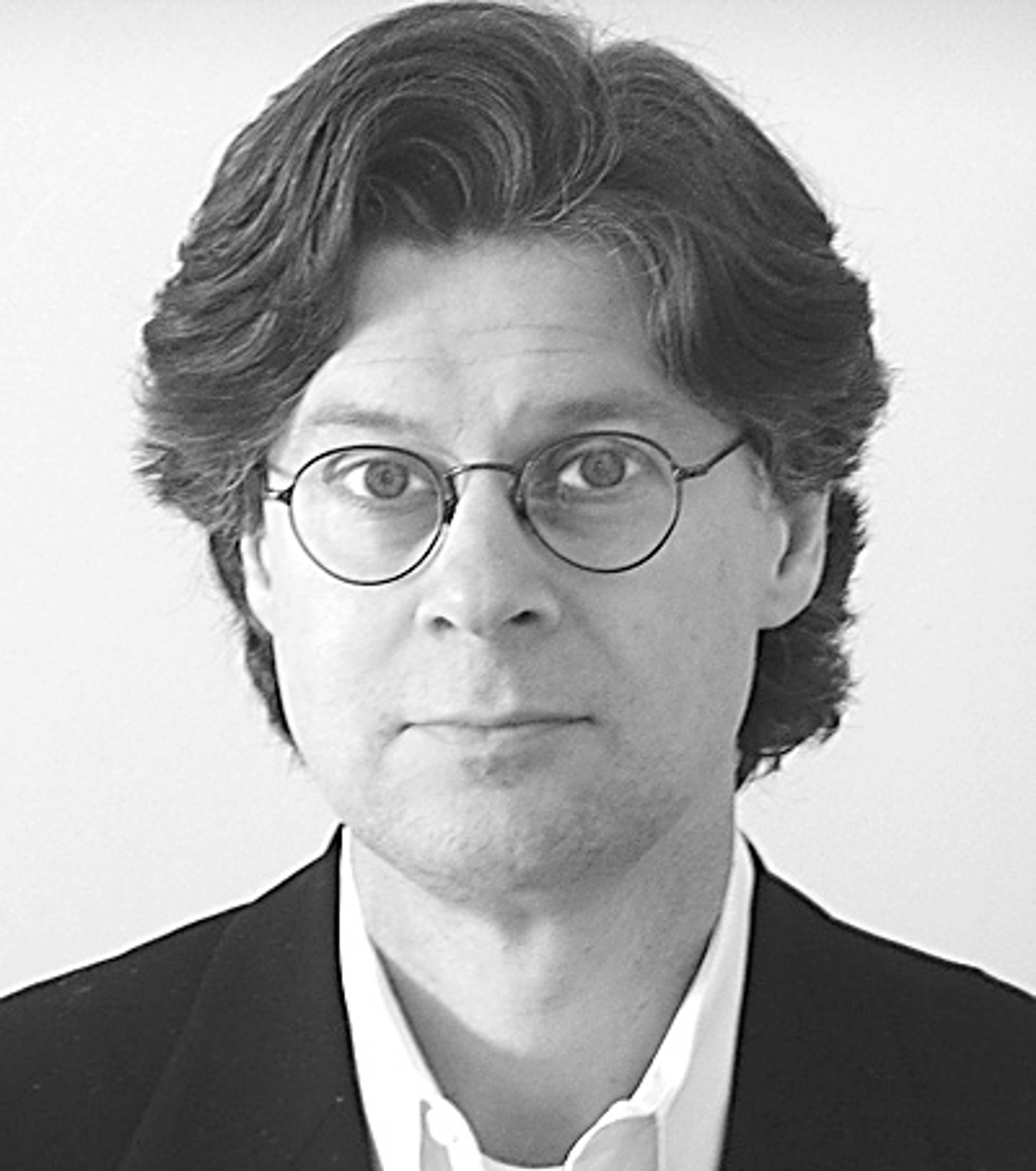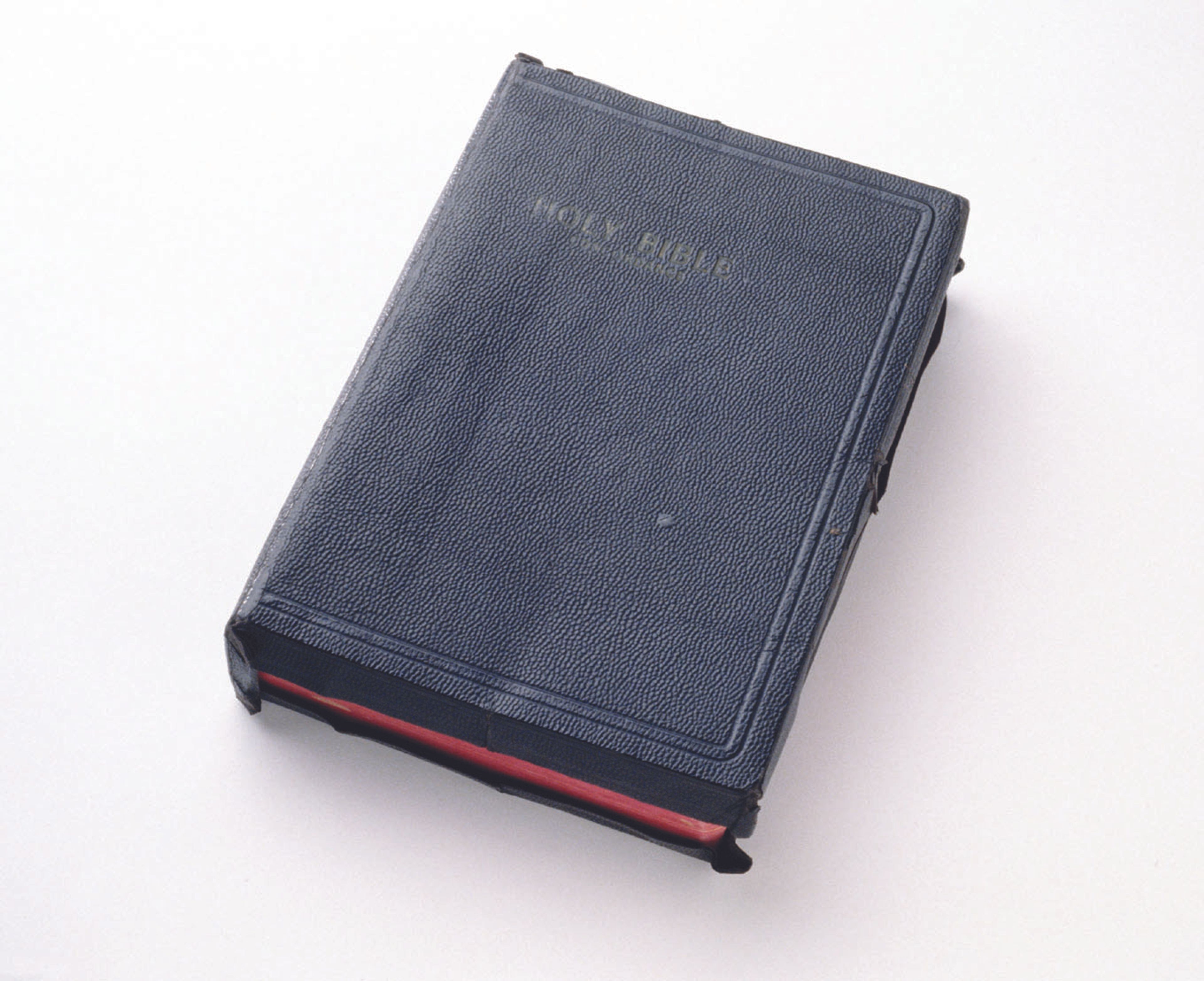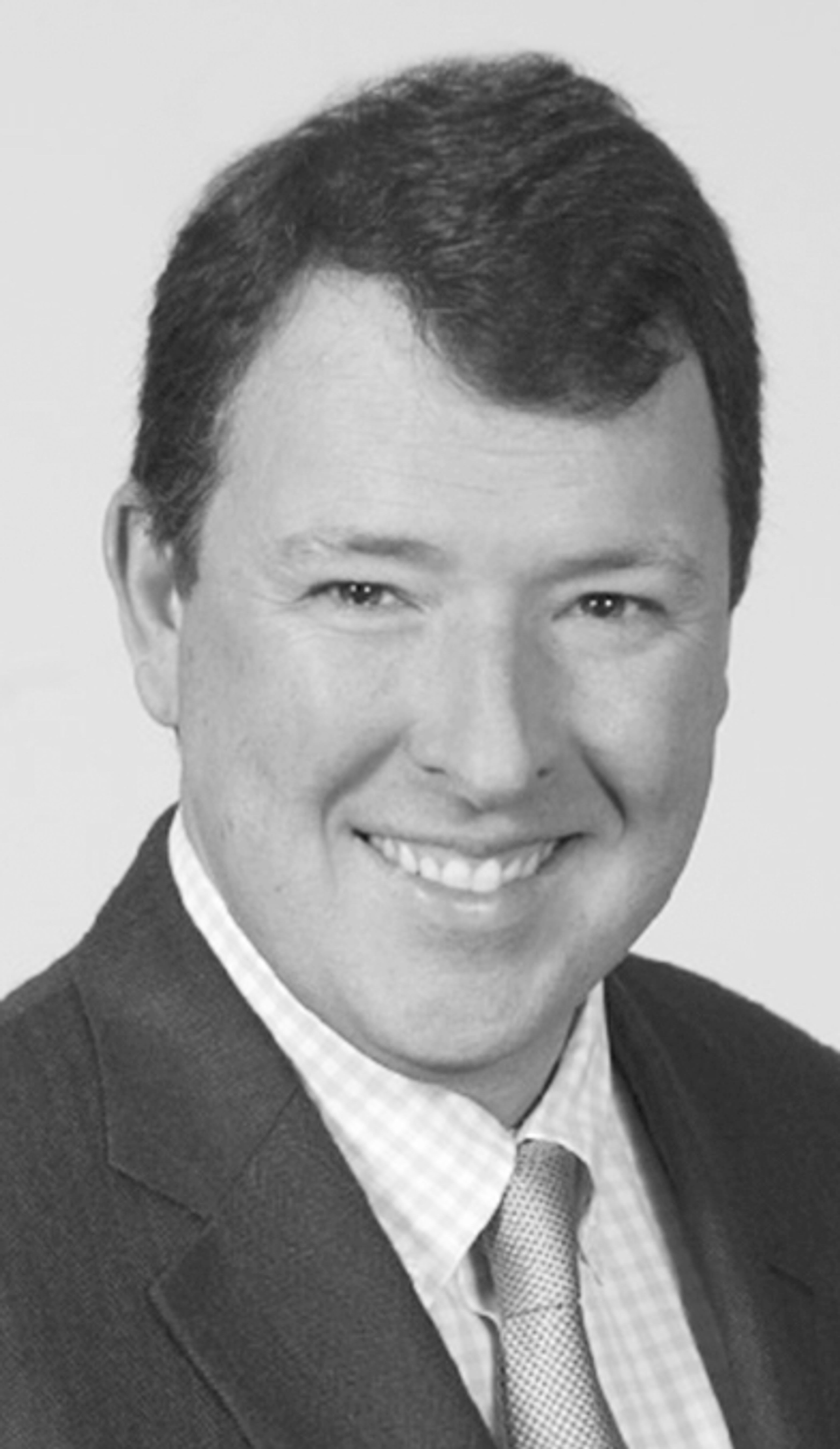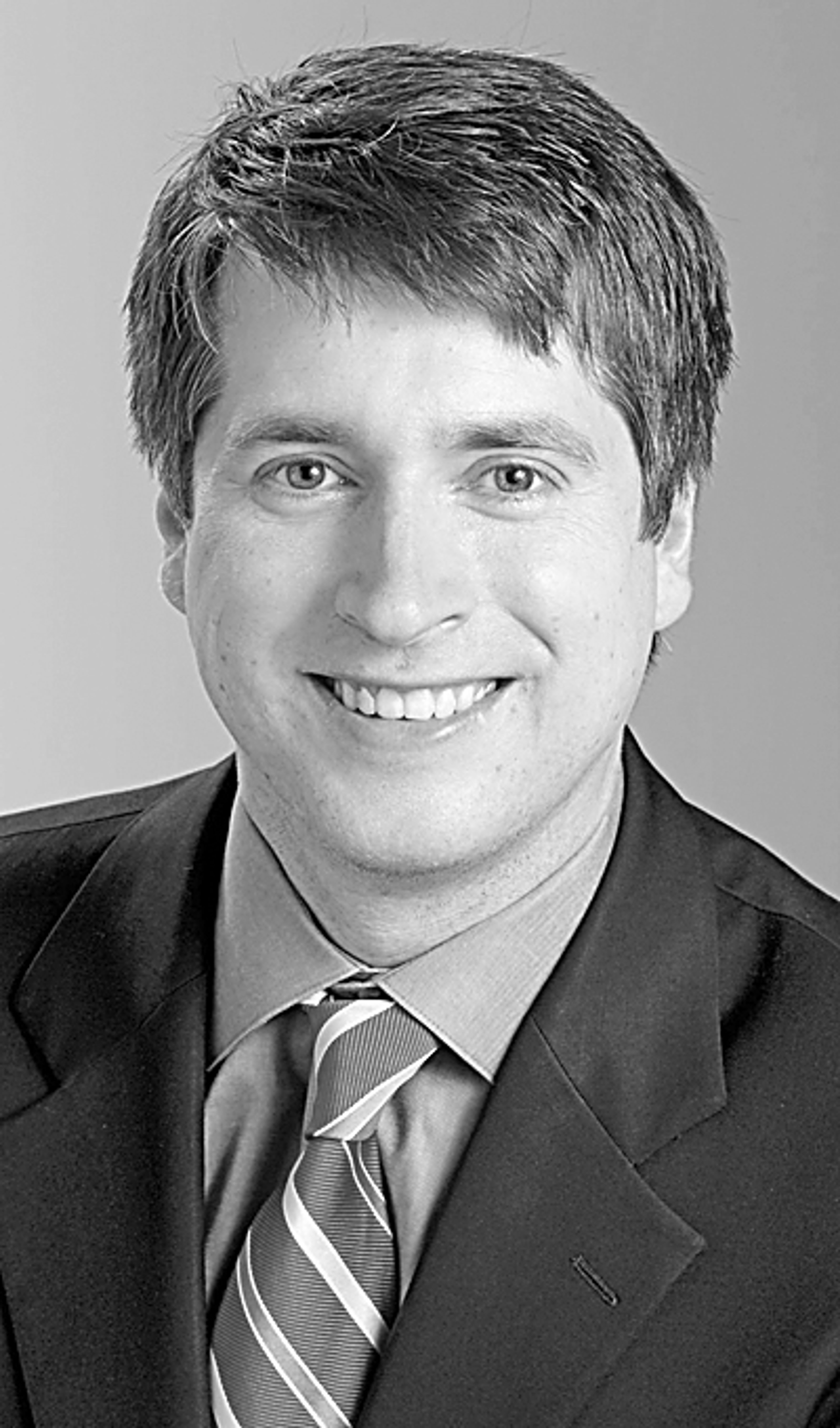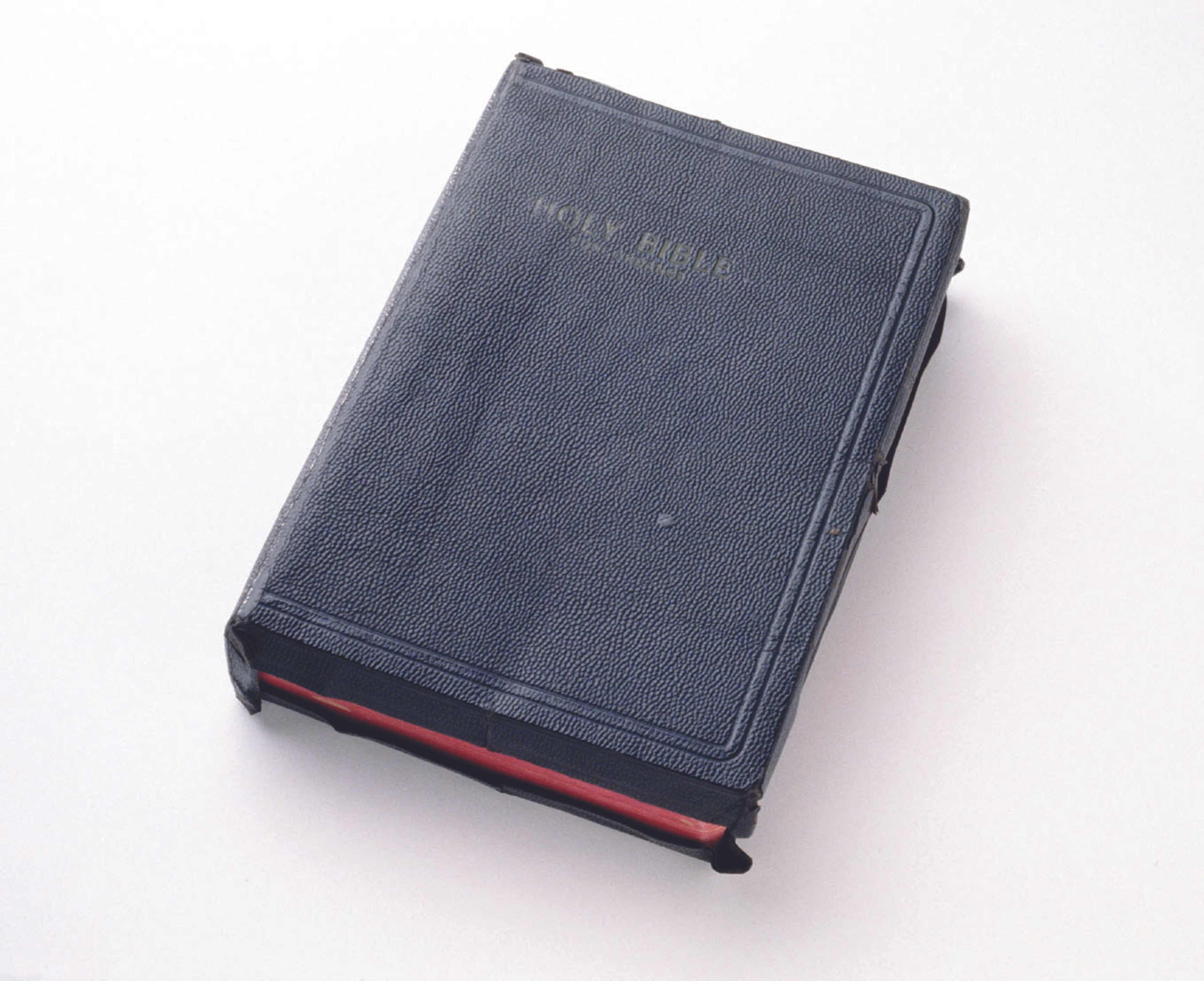By Will Richardson
The high price of gasoline has taken a toll on middle-class Americans, with many unable to live on incomes that once put food on the table and paid the mortgage.
Now hard-working middle-class people who once generously contributed food and money to food pantries have to rely on pantries to help feed their families. Food pantries across America report dramatic increases in usage by nontraditional families, including middle-class and older adults.
When transportation and food prices gobble up family incomes, health care insurance is sacrificed in order to make ends meet, adding to the swelling roles of the uninsured. When families forgo routine health care in order to afford food and transportation, they risk future life-threatening or financially devastating illness.
While the working poor and middle class face a crisis, things are worse for the nation's disabled and older adult citizens. Most live on fixed incomes and receive a cost-of-living increase once a year. In today's world, gasoline and food prices can be expected to increase almost daily. Those dependent on food stamps to supplement their diet face rapidly increasing food costs with increases for inflation to the food stamp program generally occurring once a year. While Medicare covers these populations, their ability to pay premiums, deductibles and expenses not covered by Medicare diminishes with each increase in gas and food costs.
The nation's health-care system was in trouble before the recent surges in gas and food prices. Health-care costs have been rising at a rate over 2.5 percent a year higher than that of income for decades. Hard-pressed employers, who use to insure 63 percent of workers, now insure 59 percent, and the percentage is dropping rapidly.
Lawmakers attempting to address America's health-care dilemma find themselves in a political minefield where special interests, social activists and public misinformation make proposing change risky. While it is considered patriotic for Americans to collectively spend hundreds of billions of dollars a year to protect citizens against foreign enemies, doing the same to treat or protect against illness and injury is labeled socialistic. Perhaps some have forgotten that disease outbreaks such as the 1918 influenza epidemic killed 20 million to 100 million people worldwide, dwarfing the number killed in World War I, which lasted four years.
Opponents of universal health care cite higher taxes as one of their objections, along with claims that competition in the private sector keep costs lower. But according to the American Medical Association, the current privately administered system contains $210 billion in wasted administrative claims processing costs alone, with physicians spending 14 percent of their total revenue collecting what they have earned from insurers. They also note that administrative costs associated with Medicare claims are much lower than those of private insurers.
Insurance companies are not the only source of waste in the American health-care system. Here are some examples of things we do wrong in America and pay for dearly in health-care costs:
- In Pennsylvania, the repeal of a motorcycle helmet law resulted in a 42 percent increase in head injuries and a 132 percent increase in the cost of treating motorcycle accident injuries.
- At Parkland Hospital in Dallas, more than 70 percent of the newborn deliveries performed are for illegal aliens. Mothers of these babies receive free delivery, medication, nutrition, birthing classes, child-care classes, diapers, car seats, bottles and formula, to the tune of $70 million a year, at taxpayer expense. And that is just for one hospital. Most American citizens cannot qualify for these services.
Even these examples are paled by the costs of smoking, alcoholism and obesity to our health-care system.
Many lawmakers have cast their lot with health savings plans as a fix-all for health care. Unfortunately, for most of the population, these offer false hope. While health savings plans can benefit those who already have insurance and those who have plenty of money, common sense tells us that if a middle-class family can't afford food and gas, they certainly can't afford to tuck away money in a health savings account. In fact, the government accounting office reports that the average income of those enrolled in health savings accounts was $139,000 a year, making them a tax shelter for some, but not a health care solution for most average Americans.
America's economic woes can be compared to the sinking Titanic. The first to suffer are the less fortunate poor, or third-class passengers below decks. Then the crisis moves through the middle class, or second-class passengers. All the while, the rich, or first-class passengers are high and dry on the top deck, oblivious to the turmoil below them.
It is likely that with so many Americans now suffering, cliches like "God, guns and gays" will lose out to "Gas, health care and food" as rallying cries in the upcoming election.
Will Richardson is the director of outreach and education at the SEMO Alliance for Disability Independence (SADI) in Cape Girardeau.
Connect with the Southeast Missourian Newsroom:
For corrections to this story or other insights for the editor, click here. To submit a letter to the editor, click here. To learn about the Southeast Missourian’s AI Policy, click here.
